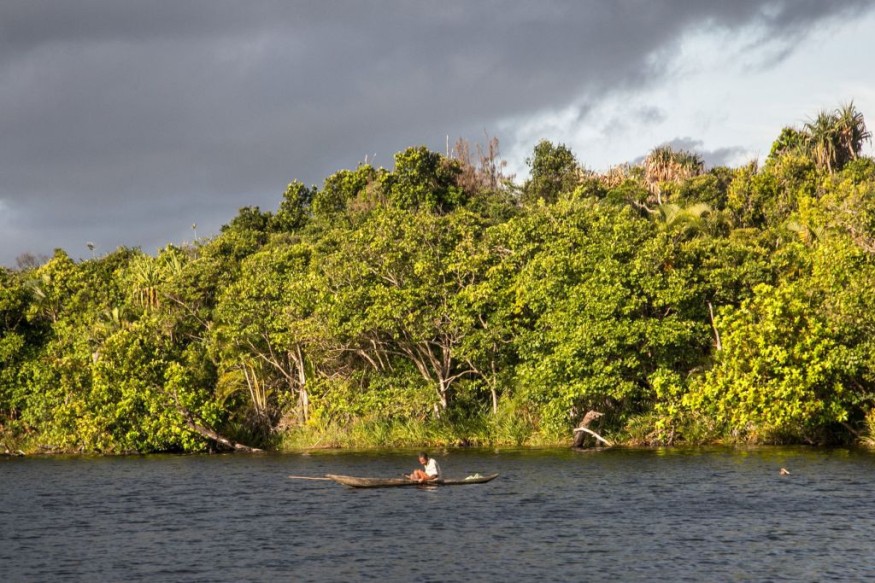Giant animals that once roamed Madagascar 2,000 years ago likely became extinct 1,000 years ago due to the mixing of African natives and Southeast Asian migrants in the East African country, according to a new study led by researchers from the United States.
Human population growth, human activities, and hotter or drier climate contributed to the mass extinction of the Madagascar animals.
Giant lemurs the size of humans and giant elephant birds that can grow up to 10 feet tall theoretically were not able to survive the said factors.
The researchers emphasized on the arrival of the migrants who came from Borneo in Southeast Asia, the study finds.
In particular, data suggested that the migrants were Austronesian-speaking people in southern Borneo and the ancestors of the modern Malagasy population.
The study used genetic analysis to find the ancestral roots of the Malagasy people.
The results determined the extinction of Madagascar's colossal animals coincided with the population boom of both the locals and migrants.
The researchers also sampled other non-genetic data from the Malagasy population.
However, it is unclear when exactly the Asian population traveled to Madagascar.
Still, the evidence is clear that the small group of migrants mixed with a similar size of African population in Madagascar 1,000 years ago, the same period when megafaunal mass extinctions occurred in the country.
Other research also supported the evidence that the giant animals met their demise at the same time the Madagascar human population exploded, as well as other lifestyle changes.
Madagascar Giant Animal Extinction

The new research was published in the journal Current Biology on Friday, November 4, wherein it determined the biodiversity loss in Madagascar coincided with major demographic events.
The following points have been found by researchers from the University of Massachusetts:
- The Asian population of only few hundred individuals was isolated for over 1,000 years.
- The human population's isolation ended approximately 1,000 years ago when admixed with a small African population.
- The new admixed Malagasy population witnessed a rapid demographic expansion.
- The population increase with extensive demographic changes coincided with changes in Madagascar's landscape.
Genetic Analysis
The paper's conclusion about the giant animal mass extinction in Madagascar started in 2007, when Jean-Aime Rakotoarisoa, an archaeologist from the University of Antananarivo, and a group of researchers created the Madagascar Genetic and Ethnolinguistic project.
It aims to study long-contested question of the ancestry of the Malagasy, Madagascar's major native ethnic group.
There is a long-held question about the identity, timeline, and manner on how people arrived in Madagascar, as well as influenced the mass extinction, according to Rakotoarisoa, as cited by Science.
Between 2007 and 2014, the researchers traveled to 257 villages across the island country, where they collected saliva samples and other social science data pertaining to music and linguistic.
The most notable discovery is when the research team found the Malagasy language is similar to Austronesian languages spoken 7,000 kilometers across the Indian Ocean, linking them with the ancient Borneo group.
© 2025 NatureWorldNews.com All rights reserved. Do not reproduce without permission.





